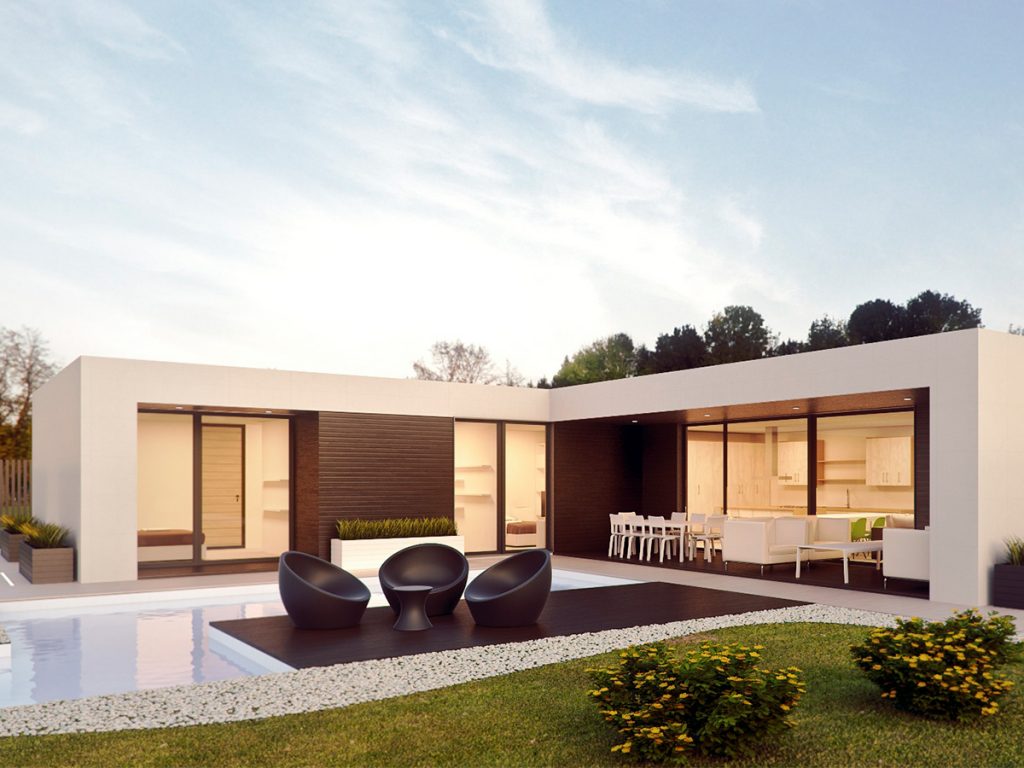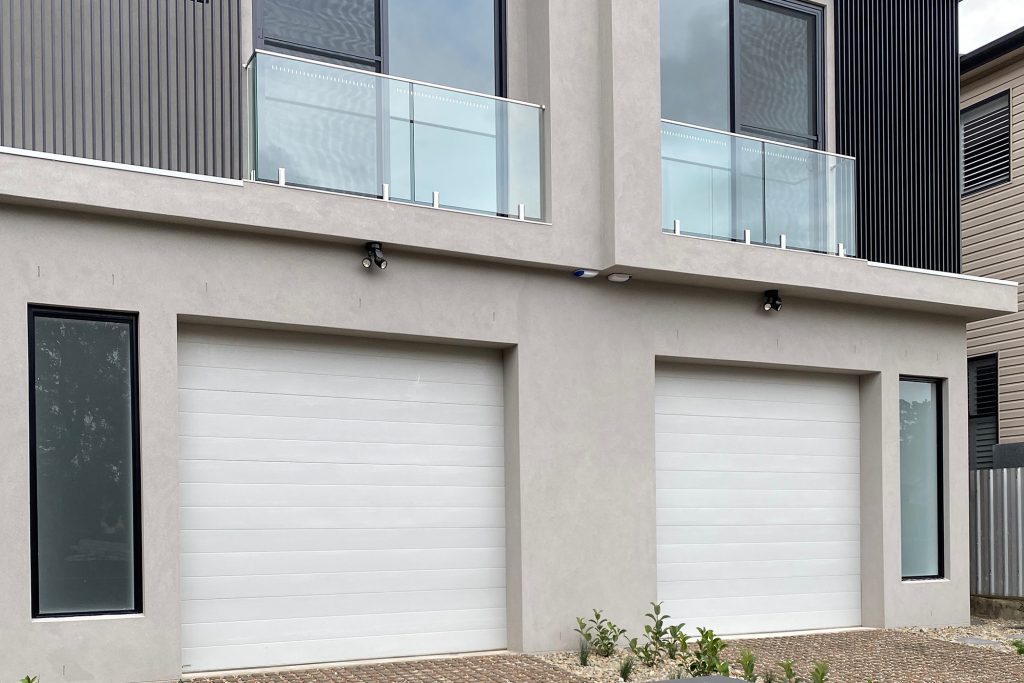Image credit: Perrett Constructions
Painting the facades of homes or building exteriors is often associated with aesthetics to improve the property’s appearance, create an ambience or set a colour scheme.
But paint isn’t only used to make walls look appealing. Your chosen paint colour also has a big impact on your building’s thermal protection and heat regulation characteristics too.
Certain shades should be used depending on the wall systems and substrates being installed, especially when it comes to lightweight walls.
To help choose the right colour for your lightweight wall systems, here is some information and factors you must consider.
What must be considered for colour selections over various substrates?
Considering your building’s light exposure and your wall’s material is important when choosing suitable colours.
When a surface is subjected to long periods of light, the substrate of your building often experiences thermal expansion. This thermal expansion can affect how much your wall systems absorb heat and resist damage. Wall systems also have varying insulation capabilities depending on what they’re made of.
For example, a brick wall has a high reliance to heat due to the material’s properties. However, lightweight wall systems such as blue board, polystyrene or Dincel cannot absorb and store great amounts of heat, which is then released quickly inside your building and can even damage the surface.
This is where colour choice is important – because different shades impact how much heat your walls underneath are exposed to.
Each paint colour absorbs and reflects light energy differently, which is why picking one that suits the substrate of your wall and the lighting conditions is often a real challenge.
Using LRV as a measurement can assist you in making informed decisions around colour.
What is Light Reflectance Value (LRV)?
Light Reflectance Value (LRV) measures the percentage of light reflected by a certain paint colour on a surface. By working on a scale that ranges from 0% to 100%, LRV is used to determine how dark or light a paint colour will appear.
You must take LRV rating into consideration, as paint colours significantly influence a space, depending on the natural and artificial light it gets, as well as the heat it reflects and absorbs.
For example, paint colours which have low LRV tend to be dark and often absorb a lot of light and heat. Meanwhile, paint with a higher LRV is often lighter in colour and works by reflecting more light and heat.

So, what is the right colour for Lightweight Wall Systems?
Lightweight wall systems are not very effective in absorbing and storing amounts of heat due to the nature of the material.
This makes them prone to the impact of thermal expansion which can cause wall cracking, building damage and other hassles that can void your warranty.
Because of this, lightweight wall systems often require an LRV of over 40. Why?
- Due to their properties, using paint colours with higher LRV protects lightweight wall substrates from warping, bubbling and flaking.
- Utilising paints with LRV of over 40 also help with lighting or temperature regulation. These light paint colours soak, reflect and radiate just the necessary amount of heat for internal comfort.
Rockcote, a multi-award-winning paint and renders brand, don’t recommend the use of colours with an LRV of less than 40% over polystyrene cladding systems or fibre cement cladding.
What should you know about LRV paint choice?
Since lightweight wall systems are more vulnerable and susceptible to external factors such as heat and light, using paint colours with a higher LRV will help protect against potential thermal movement and damage.
Rockcote has different coating systems depending on the adjoining substrates because they understand how lightweight wall systems vary in their capacity to reduce heat variance and thermal stress.
To prevent property occupants from suffering due to cracking of finishes, breaking of joins in construction and increased internal impact of varying external temperatures, Rockcote has provided a list of LRV limitations on some common substrates:
| Substrate | LRV Limitations? | LRV Minimum* |
| AAC Panel | No | |
| AFS Logicwall | Yes | 25% |
| Blueboard Fibre Cement Sheeting | Yes | 40% |
| Brick & Block | No | |
| Expanded Polystyrene (EPS) Panels or Blocks | Yes | 40% |
| Extruded Polystyrene (XPS) | Yes | 40% |
| Magnesium Board (MGO) | Yes | 40% |
| Off-Form Concrete | No | |
| Pre-Meshed EPS | Yes | 40% |
| Ritek XL | Yes | 25% |
| Tilt-Up Pre-Cast Panel |
Remembering these tips will help you make more informed decisions that will not only improve your building’s appearance but will also provide greater thermal protection and heat regulation.
Want more information about Lightweight Wall Systems and paint choice?
Network Building Supplies has a complete stock of Rockcote products to provide you with the right paint and render solutions for your wall specifications.
If you need further guidance in picking the right substrate and paint colour for your wall systems, we can provide our expert advice in handling all your LRV and wall systems requirements.
Contact us today on (02) 8316 5000 and we can discuss your needs.
Our team of building supplies and architectural experts are always happy to help.
